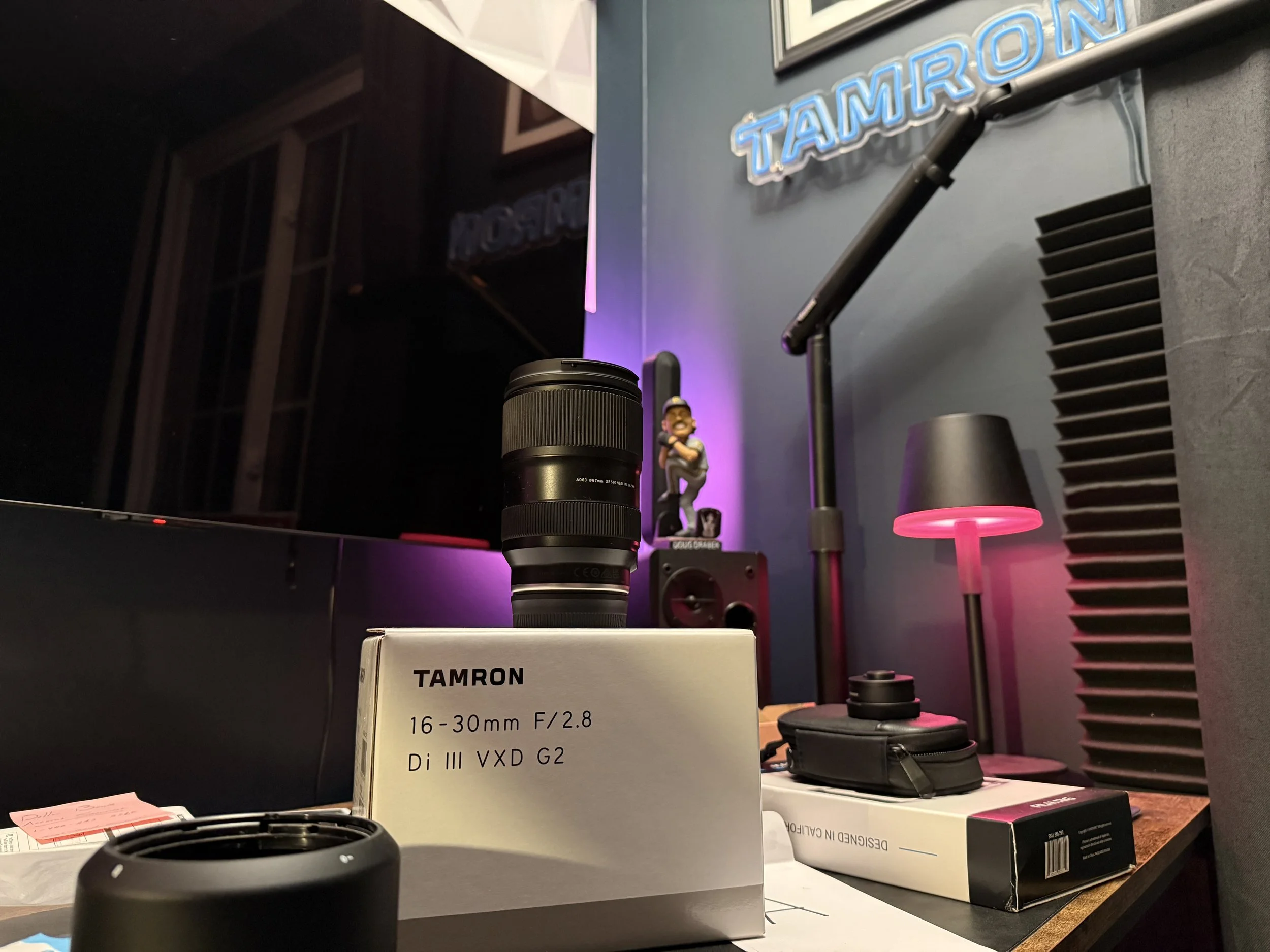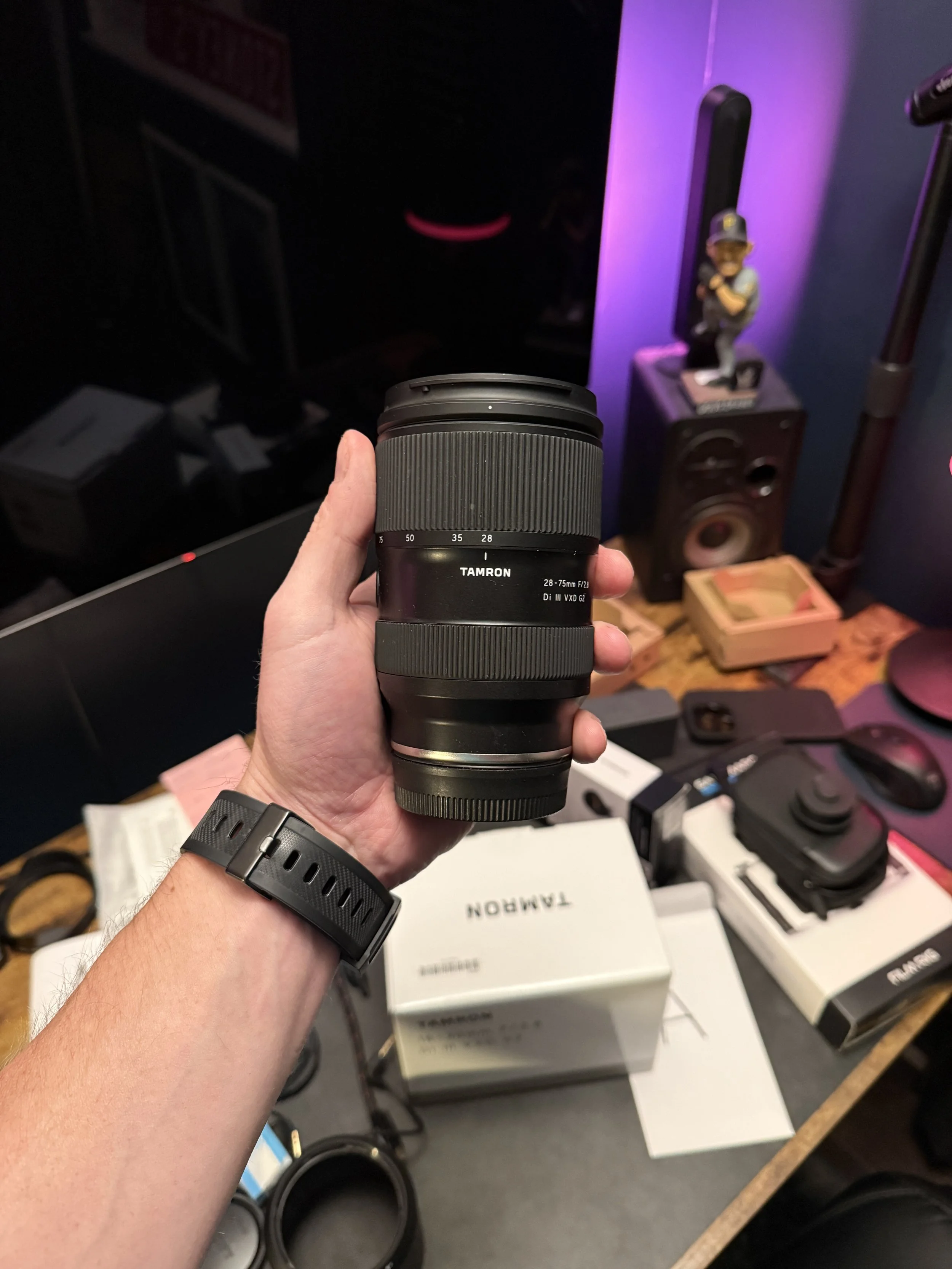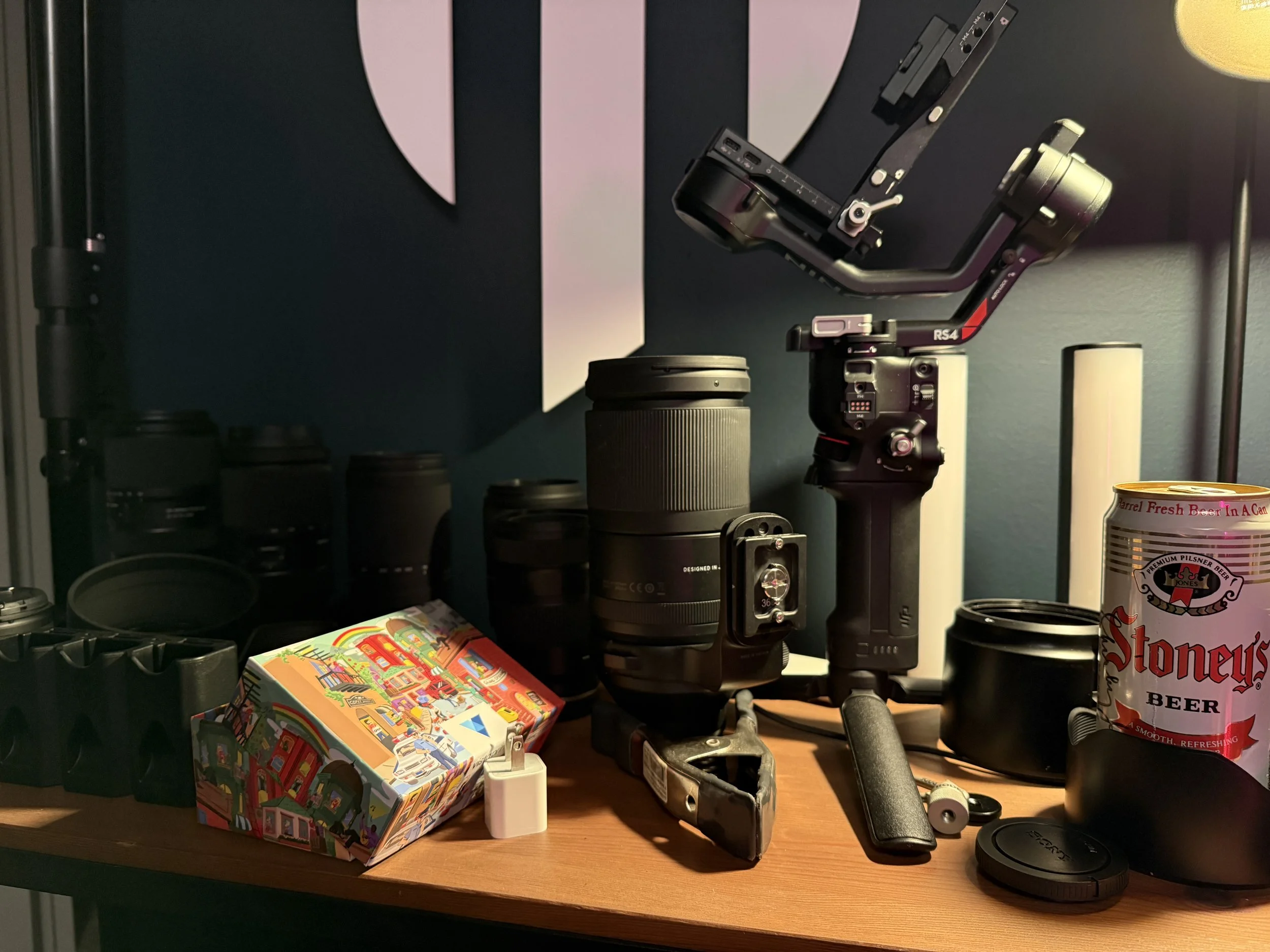Buying used bodies and glass can save thousands—if you know what to look for. Here’s a field guide to scoring deals on eBay and Facebook Marketplace without getting burned, plus a simple inspection checklist you can run in 10 minutes.
TL;DR checklist (save this)
Green flags
Clear, well-lit photos of the actual item (all angles + serial).
Full disclosure of condition with close-ups of the front/rear elements and the mount.
Sample images or RAWs, and a stated return window.
Seller has 100+ feedback and >99% positive on eBay, ideally “Top Rated Seller.”
Price aligned with recent sold comps, not just current listings.
For marketplaces: payment through platform checkout (Facebook) or PayPal Goods & Services—never Friends & Family.
Red flags
“Stock” photos, no serial, or “I’m selling for a friend.”
“No returns” on eBay (you’re still protected if the item is not as described).
Local cash deals that avoid platform payment (no buyer protection).
“Mint++++ from Japan” with soft/fuzzy photos and vague condition notes.
Haze/fungus, oil on aperture blades, or sticky aperture.
“Gray market” (import) bodies/lenses with no US warranty or service.
Start smart: price, protection, and sellers
Price off sold comps, not hopeful listings. On eBay, filter for Completed/Sold to see real sale prices and shipping. It’s the single best sanity check before you message a seller.
Know your buyer protections (they’re not all equal):
eBay: Money Back Guarantee covers items that don’t arrive or aren’t as described, regardless of a seller’s return policy. Use eBay checkout and meet deadlines.
Facebook Marketplace: Only purchases made with onsite checkout + shipping are eligible for Purchase Protection; local pickup/cash is not covered.
PayPal: Use Goods & Services (eligible for Purchase Protection); Friends & Family is not covered and is a common scam ask.
Read the room on seller reputation. On eBay, check the feedback percentage and history; Top Rated Seller status indicates strong performance standards and better odds of smooth resolution if something’s off.
What to ask for before you buy
Full-res photos of the item: front/rear element, mount, filter threads, contacts, ports, screen, hot shoe, battery cavity, and serial number.
Recent sample images (ideally RAW) shot wide open and at infinity + mid-distance for lenses; a quick ISO 100 test and a long exposure (5–10s, cap on) for bodies to spot hot pixels or weird sensor behavior.
Shutter count (if the brand supports it) and any past service receipts.
Return window and who pays return shipping if something’s materially different.
10-minute in-person inspection (bodies)
Exterior & ports
Check for dents near the mount, cracked plastics, worn screws, and loose doors. Ports should be firm; wiggle-test with a cable.
IBIS/IS noises
A faint rattle/clunk from stabilized sensors or OSS lenses when powered off can be normal (the group “floats”). Power on and confirm it quiets. Excessive grinding or clicking under power is not.
Sensor & shutter sanity check
Make a f/16 sky shot to reveal dust; a dirty sensor isn’t fatal, but embedded scratches are.
Run a quick dark frame (10s, lens cap on) to spot hot pixels.
Shutter count still matters for mechanical shutters (mirrorless can log fewer counts if you shoot electronic). Treat it as one data point, not gospel.
Buttons, dials, AF
Test every dial, joystick, AF modes, and card slots with your own card. Fire a burst; listen for odd cadence.
10-minute in-person inspection (lenses)
Glass
Use a small flashlight at an angle (not blasting straight through) to check for haze (milky veil), fungus (spidery threads), and separation (rainbow edges inside elements). Haze/fungus lower contrast; separation is usually terminal.
A little dust is normal and rarely affects photos—don’t panic if you see specks.
Aperture
Move the lever (if present) and stop the lens down via the body; blades should snap cleanly. Oily blades can cause exposure inconsistencies and a sticky iris.
AF/IS and mechanics
Engage AF—no squeals/grinding. Toggle stabilization; a soft whir is okay, harsh crunching is not. Zoom/focus rings should be smooth; minor zoom creep isn’t fatal but note it.
Quick decentering test (the big one)
At ~35–70mm (or your mid-range), shoot a flat, detailed subject (brick wall, bookshelf) at f/2.8–f/4. Place detail in all four corners and the center. Softness in one corner relative to the opposite is decentering—walk away.
Platform-specific tips
eBay
Prefer sellers with clear condition notes and returns; even if it says “no returns,” you’re covered for “not as described” under Money Back Guarantee—document everything and act within deadlines.
Always compare Sold Listings before making an offer.
Be careful with international/gray-market imports; manufacturer warranty/US service may not apply.
Facebook Marketplace
If you’re shipping, use onsite checkout so your purchase is covered. Cash/Zelle/Venmo = no Facebook protection.
Meeting local? Choose a safe public spot with Wi-Fi. Test everything on your camera before handing over cash.
Private payment
If you must pay digitally, use PayPal Goods & Services (documented transaction + dispute process). Never pay via Friends & Family for purchases—no protection.
When to skip a “deal”
Price is way below sold comps and the seller pushes off-platform payment.
“Mint, but…” followed by haze, fungus, or oily blades. Repairs often cost more than the lens is worth.
No real photos, no serial, no return window.
Severe decentering on a quick test.
Safer alternatives (often worth the small premium)
B&H Used — clear condition ratings, 30-day returns and 90-day warranty on used photo gear.
MPB — standardized grading, 14-day returns and 6-month warranty on most gear.
KEH — conservative grading and 180-day warranty; their grading guide explains what each grade means.
A note on “weird noises”
Slight lens rattle when an OSS/IS lens is off the camera (or the camera’s off) is often normal—the stabilized group floats until powered. Mount the lens and power on; the sound should stop. If it grinds under power or the view jumps/shakes, that’s a problem.
Copy-paste message to sellers (use this)
“Hi! Could you please share:
photos of the actual item (front/rear elements, mount, filter threads, ports, and the serial number),
a few recent RAW samples wide open and at infinity,
shutter count (for bodies), and
your return window if anything arrives not as described? Thanks!”
Curious what’s in my bag? This is the exact camera + lens setup I use on real client shoots. It is updated as my kit evolves. I’ve also linked the same trusted Amazon official merchant pages I buy from so you can grab legit gear at fair prices.
Based in Pittsburgh and need product, food, or brand photography? I’m Ian Jones, a commercial photographer serving Pittsburgh and Western PA. Come check out my work! or follow me on Instagram




